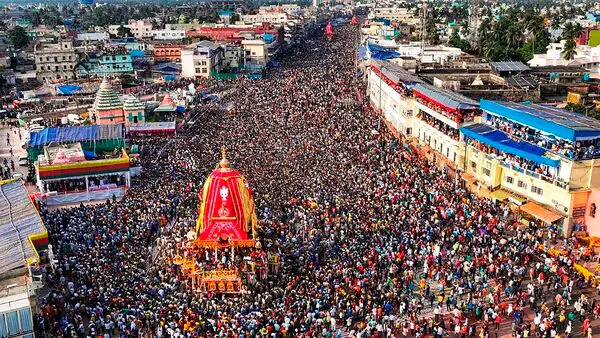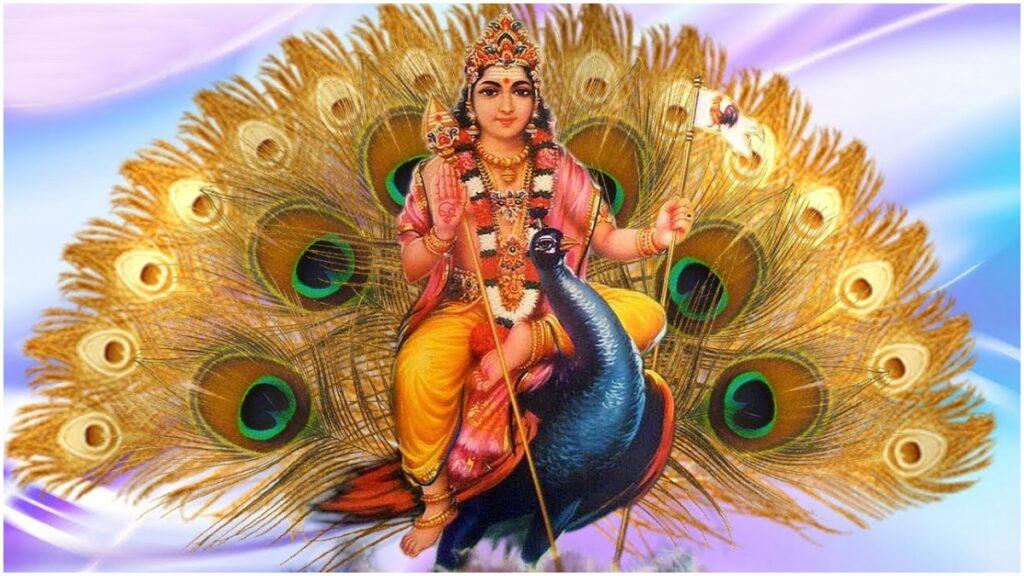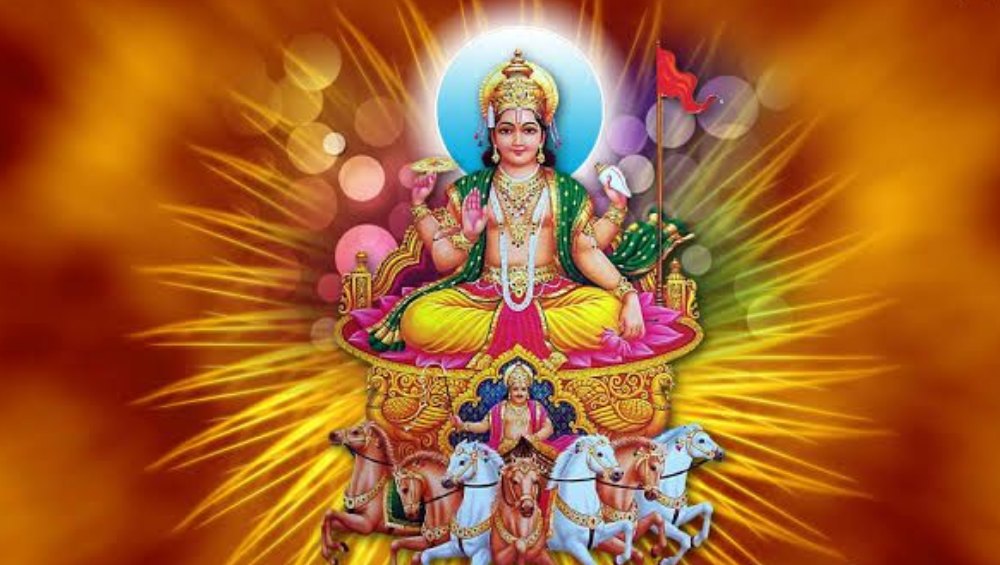June (Jyeshtha-Aashad)
Rath Yatra (Puri)

Rath Yatra known as Chariot Festival or Car festival, is one of the most awaited Hindu festivals of the state as well as the country.
The celebration and observation of the Puri Rath Yatra Festival date back to the period of the Puranas and the descriptions of the same can be found in Brahma Purana, Padma Purana, and Skanda Purana and Kapila Samhita.
The celebration of this day starts much earlier that comprises the construction and decoration of the Raths or Chariot by numerous devotees & volunteers. The three chariots that are the highlights of the entire Yatra are pulled by strings. The chariot of Lord Jagannath which is 45.6 feet high, high comprises 18 wheels and is referred as Nandighosa. Balabhadra’s chariot is made 45 feet high with 16 wheels is called Taladhvaja. The chariot of Subhadra known as Devadalana has 14 wheels and is 44.6 feet high. All these chariots are decorated with various designs and colors by the artists of Puri that showcases their enthusiasm for the Yatra.
The famous festival that is celebrated usually in the month of June or July commences when the chariots of Lord Jagannath accompanied by his elder brother Balabhadra and sister Devi Subhadra are brought out on to the Main Street of Puri known as Bada Danda. The Chariots are then taken to the Shri Gundicha Temple to their aunt’s house where the deities enjoy a nine days stay and are served with sweet pancakes.
At the Gundicha Temple, the deities stay for a period of nine days and enjoy their vacations at their aunt’s house and have fun all the while. On their way back to the Temple, the deities are offered Poda Pitha when their chariots halt at the Mausi Maa Temple..
Kumar Shashthi Vrat

Kumar Sashti, also known as Kumara Sashti, is dedicated to Lord Kartik, the son of Lord Shiva and Goddess Parvathi. Lord Kartik is also known as Kumar, Muruga and Subrahmanya. Kumar Sashti is believed to be the day when Lord Karikeya is said to have appeared on earth to defeat Adharma. Kumar Shasti is an important and auspicious day in Nepal and western parts of India.
Kumar Sashti is observed on the sixth day of the Shukla Paksha of Ashada Month.
The festival is of great importance in Nepal and western parts of India. In Nepal, devout Hindus draw a red circle in front of the house with a mixture of red clay and cow dung.Numerous rituals are observed on the day in Nepal in various temples dedicated to Lord Kumar.Shasti falling after Amavasi is highly auspicious for Lord Muruga devotees and many devout Hindus in South India observe a fast on the day.
Vivaswat Saptami

Vivaswat Saptami is observed on the seventh day during waxing phase of moon (Shukla Paksha) in the Ashada month. The day is dedicated to the worship of Lord Surya. The Hindu Sun God, Lord Surya, is also known as Vivaswat.The name Vivaswat is found in the Bhagavad Gita and was a powerful deity during the Vedic period. The name Vivaswat was later replaced by the name Surya.The Manu of the present period, Vaivaswata, is the son of the Vivaswat and is regarded as the founder of Ayodhya
Special pujas and rituals dedicated to Lord Surya are held on the day. Vivaswat Saptami rituals are more popular in western and southern parts of India.
Bhaddali Navami

The important fact related to Bhadli Navmi is that the day is usually considered to be the last day in the year for solemnizing marriages in the Hindu community. It is believed that after the Bhadli Navami, the Lords usually go to sleep; hence all auspicious activities are conducted during this period only. Bhadli Navami also known by the name of Bhatali Navmi, Ashara Shukla Paksha Navmi, Kandarp Navmi and is generally celebrated during the Ashad month. The festival is celebrated on the ninth day of Shukla Paksha in the Ashada month.
Bhadli Navami falls on the last day before Lord Vishnu goes to sleep. Therefore, the devotees desire to spend the day in a unique manner and take the Lords blessings. Bhadli Navmi is the last day for any religious activity.
The state of Jharkhand holds the Bhadli Fair since ancient times. and the festivities continue unabated with the changing times too.
The Bhaddrakali temple in Itkhori is also known for its unique collection of Hindu, Jain and Buddhist deities in their idol form and devotees seek the blessings of all in unison to make their journey of life more meaningful and significant.
Dev Shayan Ekadashi
. On this day images of Vishnu and Lakshmi are worshipped, the entire night is spent singing prayers, and devotees keep fast and take vows on this day, to be observed during the entire chaturmas, the holy four month period of rainy season..It is believed that Vishnu falls asleep in Ksheersagar Thus the day is also called Dev-Shayani Ekadashi
Devshayani Ekadashi is popularly known as Deva Sayani Ekadashi, Shayana Ekadashi, Tholi Ekadashi, Pedda Ekadashi, Vishnu Sayan Ekadashi, Harivasara Ekadashi, Maha Ekadashi, Ashada Devasayani Ekadashi and Padma Ekadashi in different parts of India.
Devshayani Ekadashi is celebrated on Ashadh Shukla Ekadashi falling at sun rise. For this the Ekadashi connected with Dwadashi is taken. If Dwadashi disappears then fast should be observed on Ekadashi connected with Dashami. If Ekadashi falls on two days then it is celebrated on the second day but if Dwadashi disappears in that situation it is observed on first day only..
This day enables you to please Lord Vishnu and seek his divine blessings. Like other Ekadashis this day also helps you to attain salvation and freedom from the worldly greed. It is believed that observing a fast on this day-
